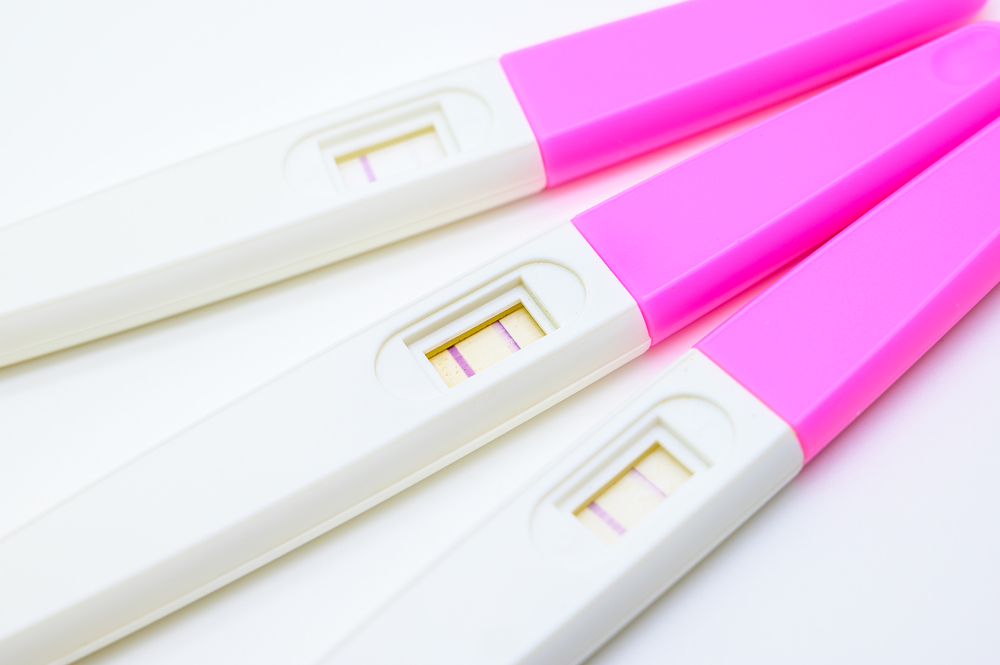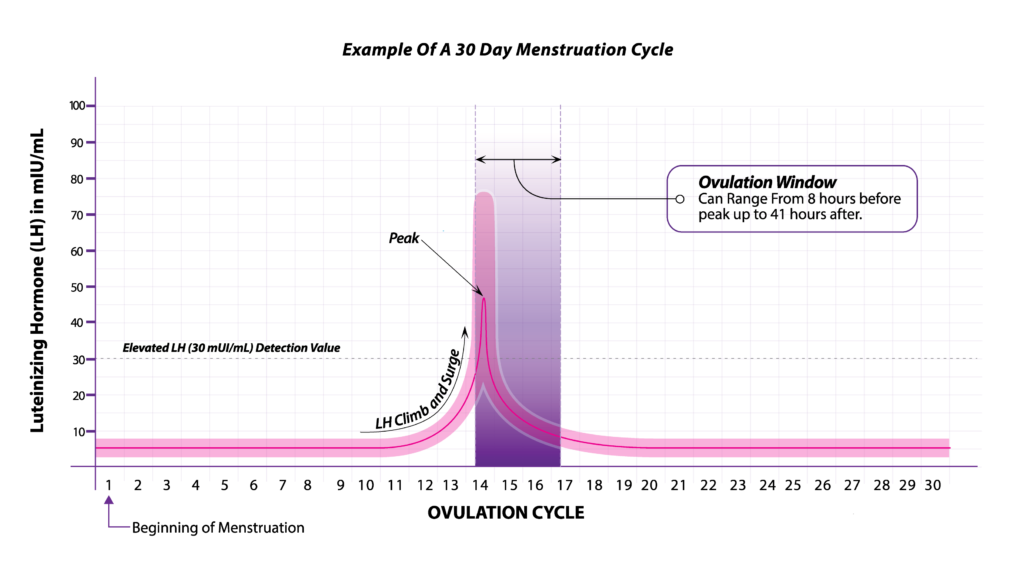Changes in an LH surge are possible each cycle
Sexual intercourse should occur at any time during the 12 to 72 hours after the LH surge is detected to enhance the possibility of conception. A woman may want to test twice a day during her surge to better understand her LH curve. By doing this she can better estimate her fertility window.
Curves can vary, month to month, for a variety of reasons including changes in diet, stress and rigorous physical activity. Because of this, repeating the LH tracking process over the course of several ovulation cycles may provide individualized insight into the timing of a woman’s LH surge.
Important information to consider
There are a variety of reason why a woman’s LH levels can be too low for ovulation to occur. It is generally recommended that a woman contacts her physician if she is not able to get pregnant after trying for 6 consecutive months.
Technical side to LH surges
By knowing her LH pre-ovulation baseline is 5 mIU/mL, she can recognize that her LH is beginning to surge as the number quickly increase to 10 mIU/mL and then 20 mIU/mL. Alternately, someone else may start with a pre-ovulation baseline of 15 mIU/mL and may notice her surge happen more gradually. The typical range of LH, including both baseline and peak values can be from as little as around 1mIU/ml to as much as 75 mIU/mL.



